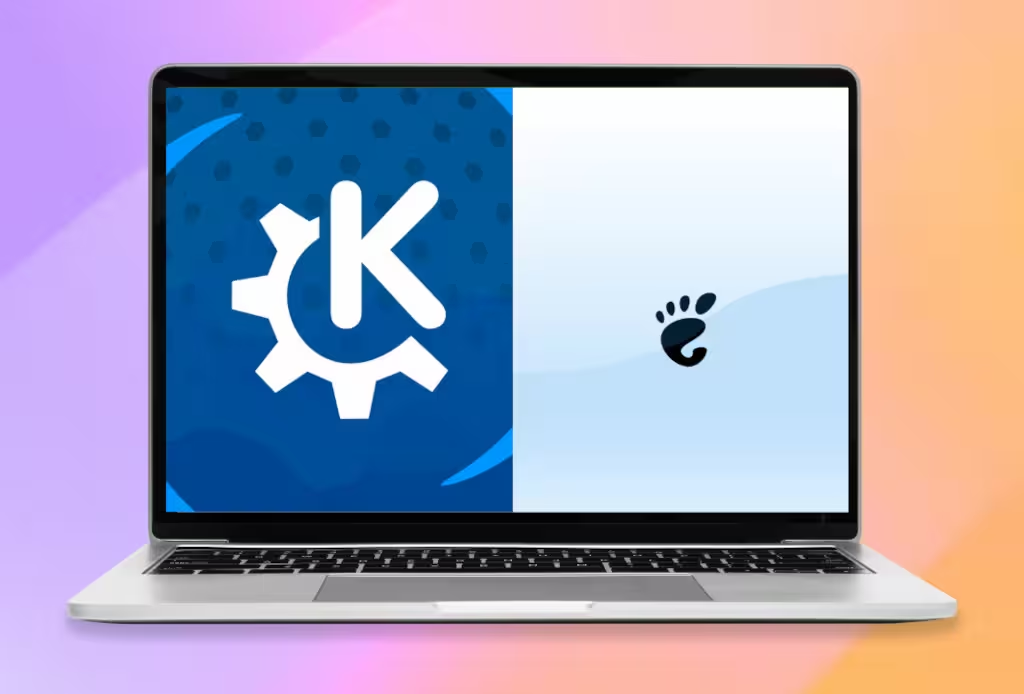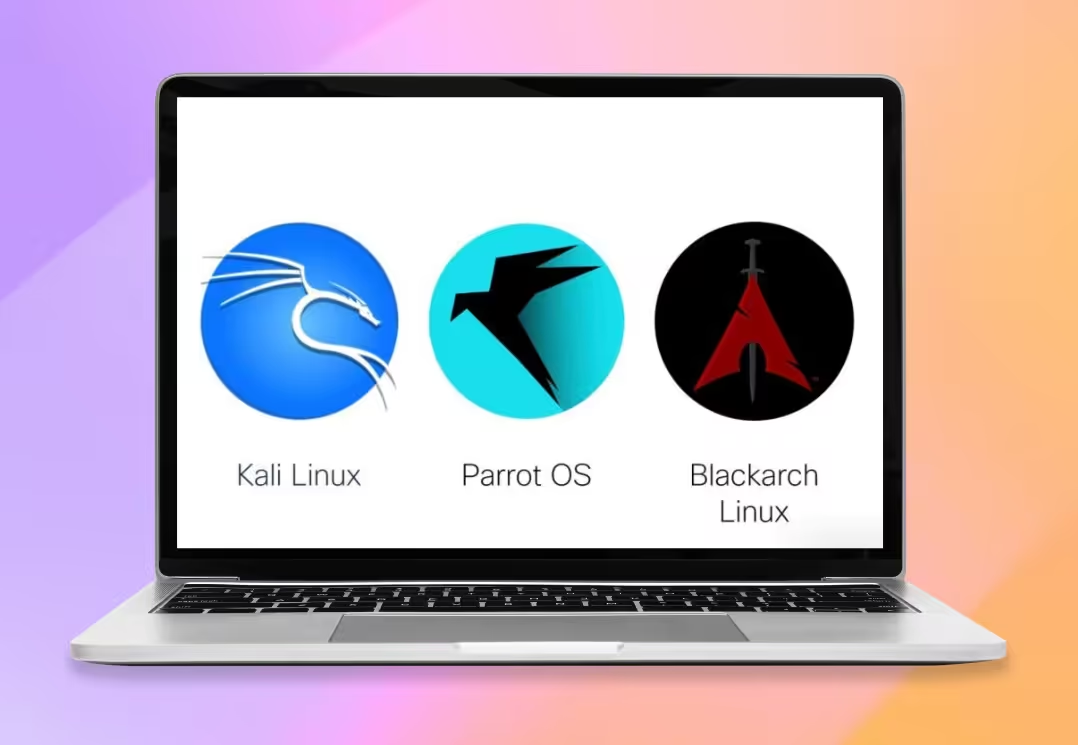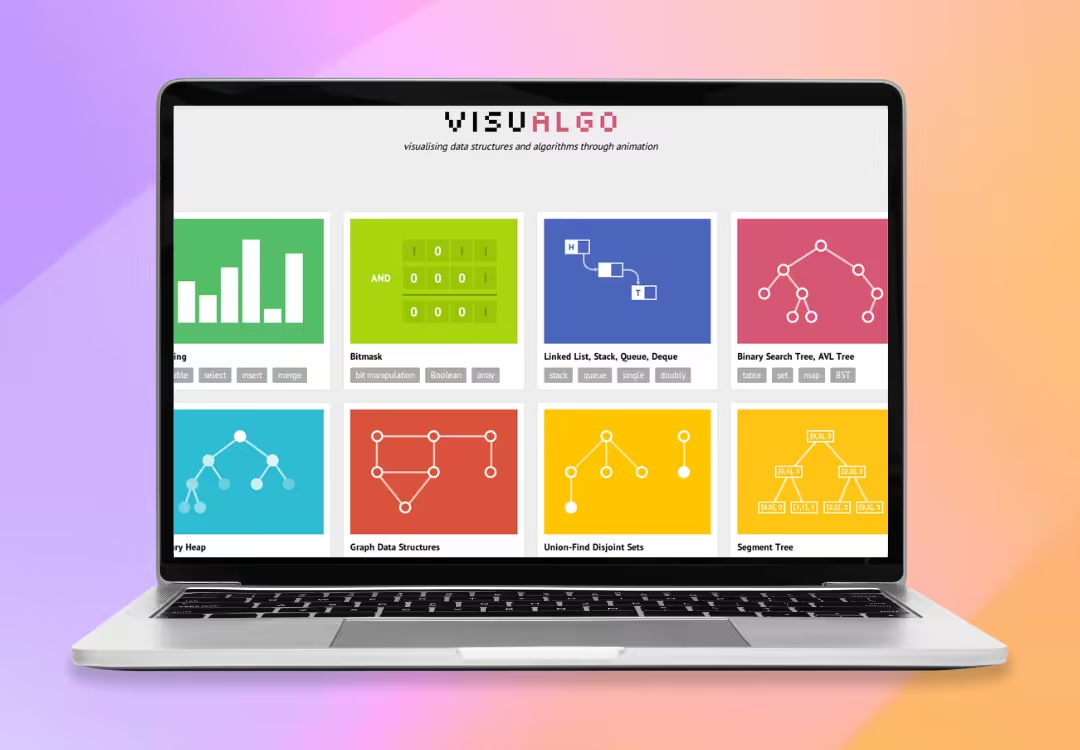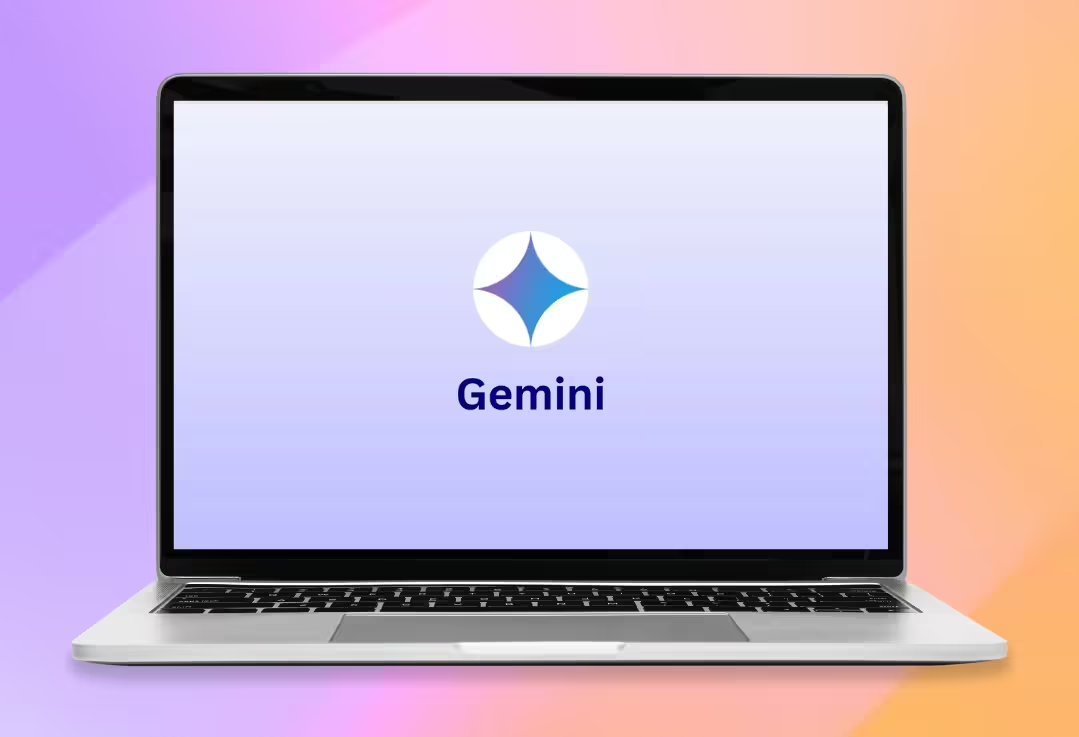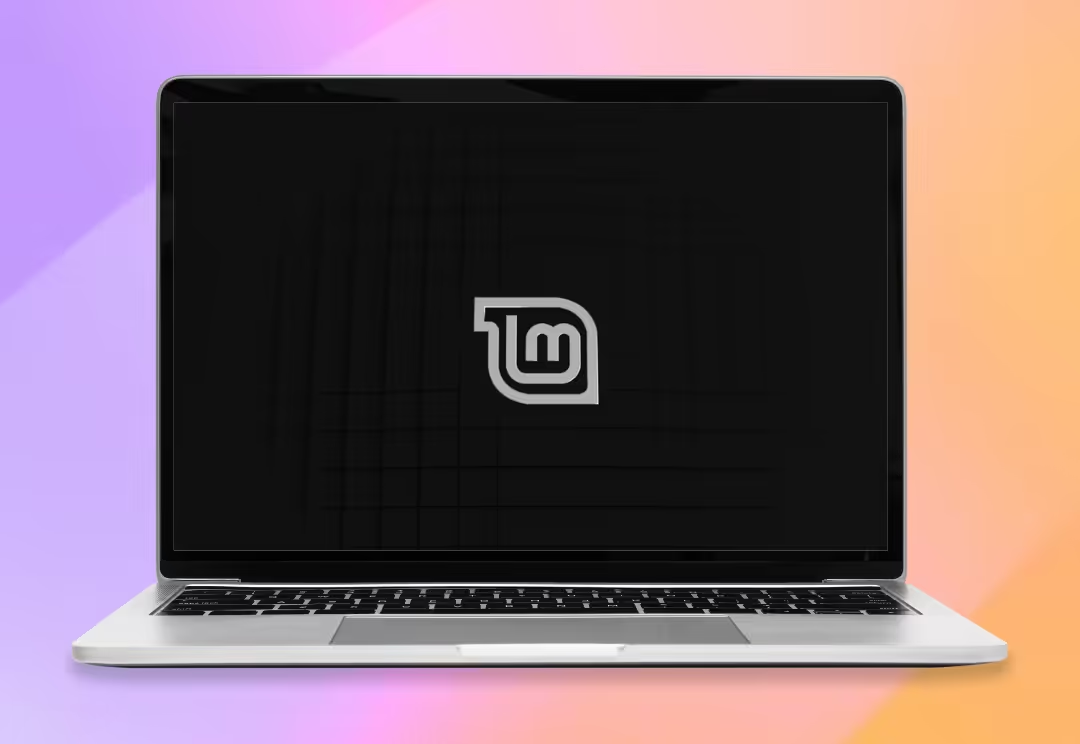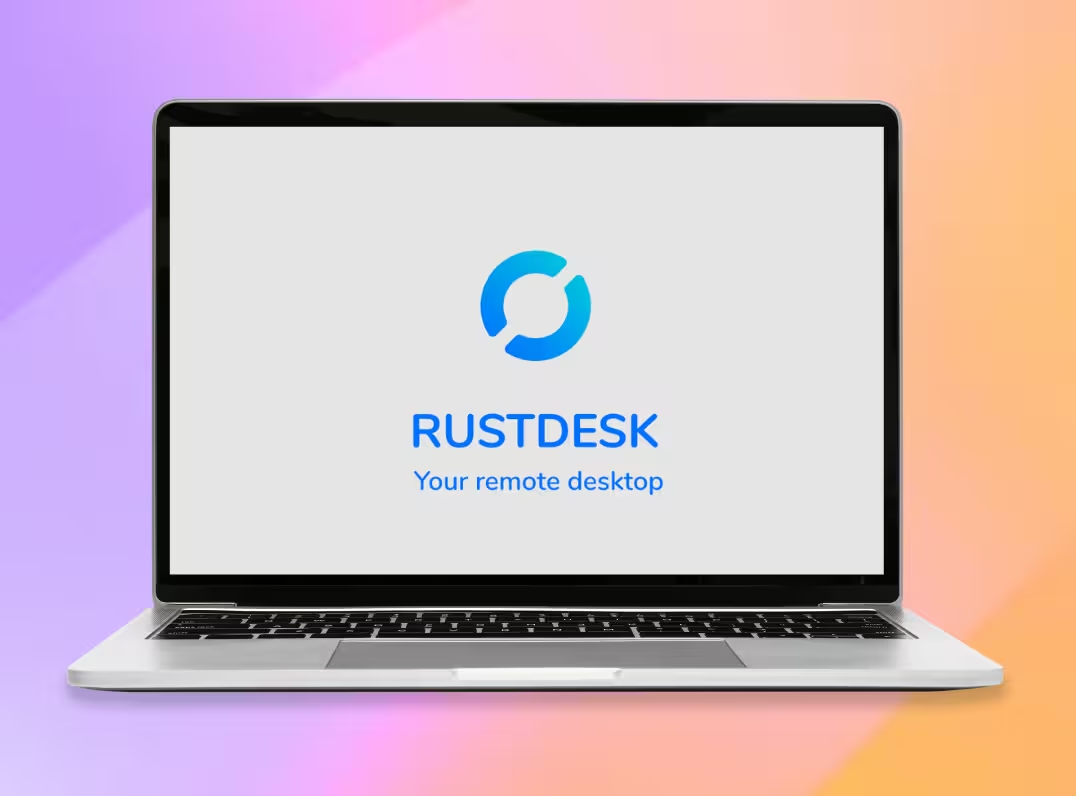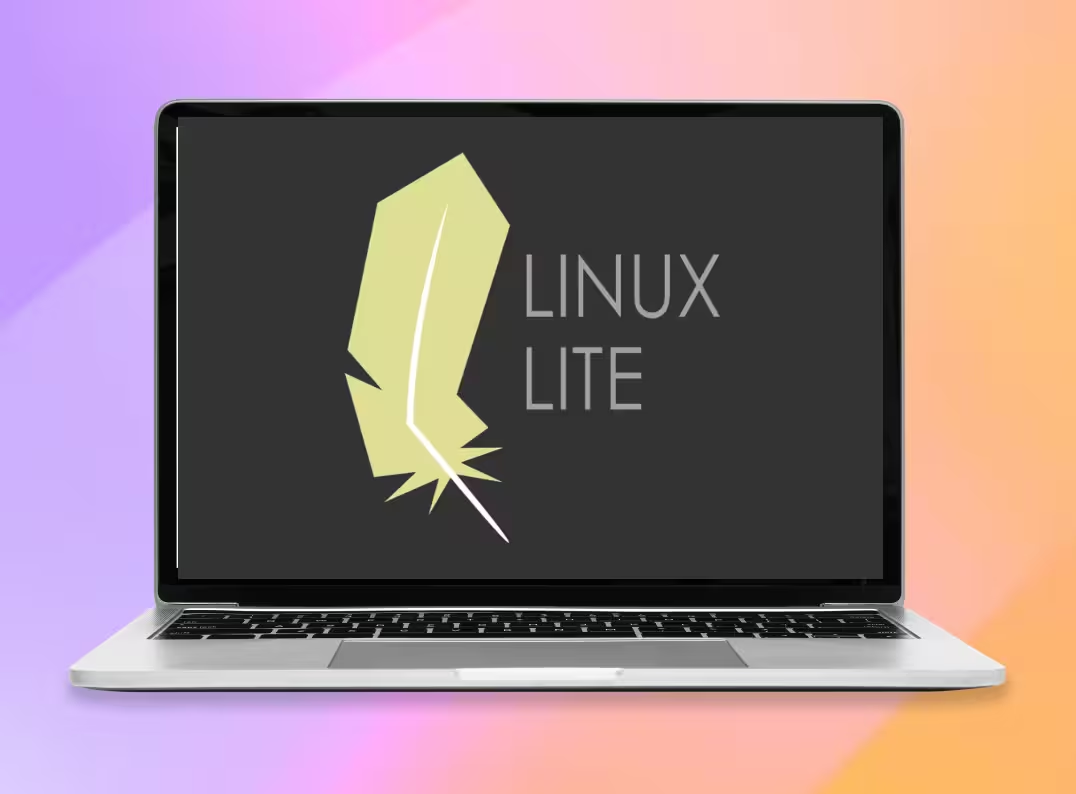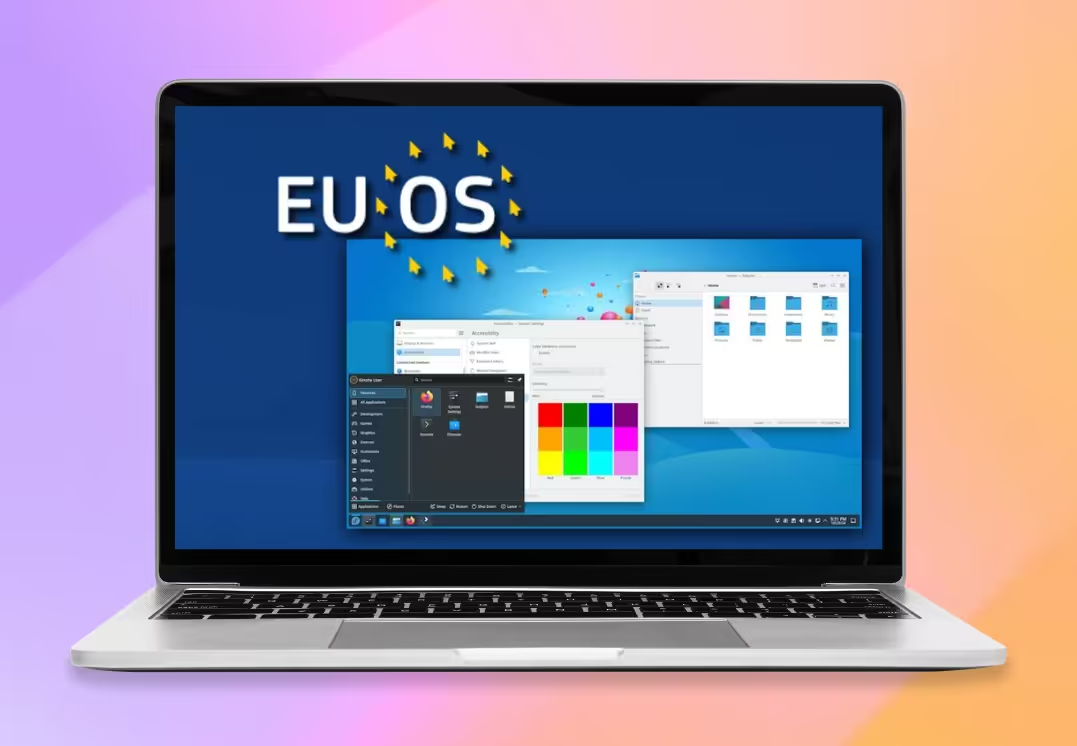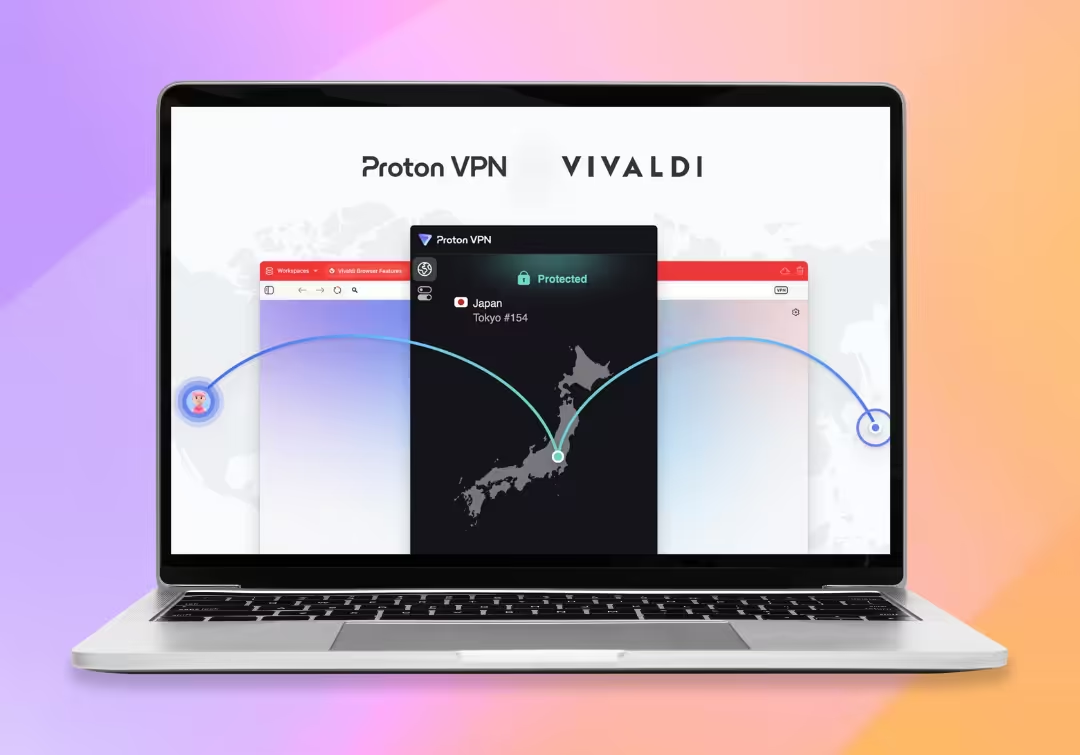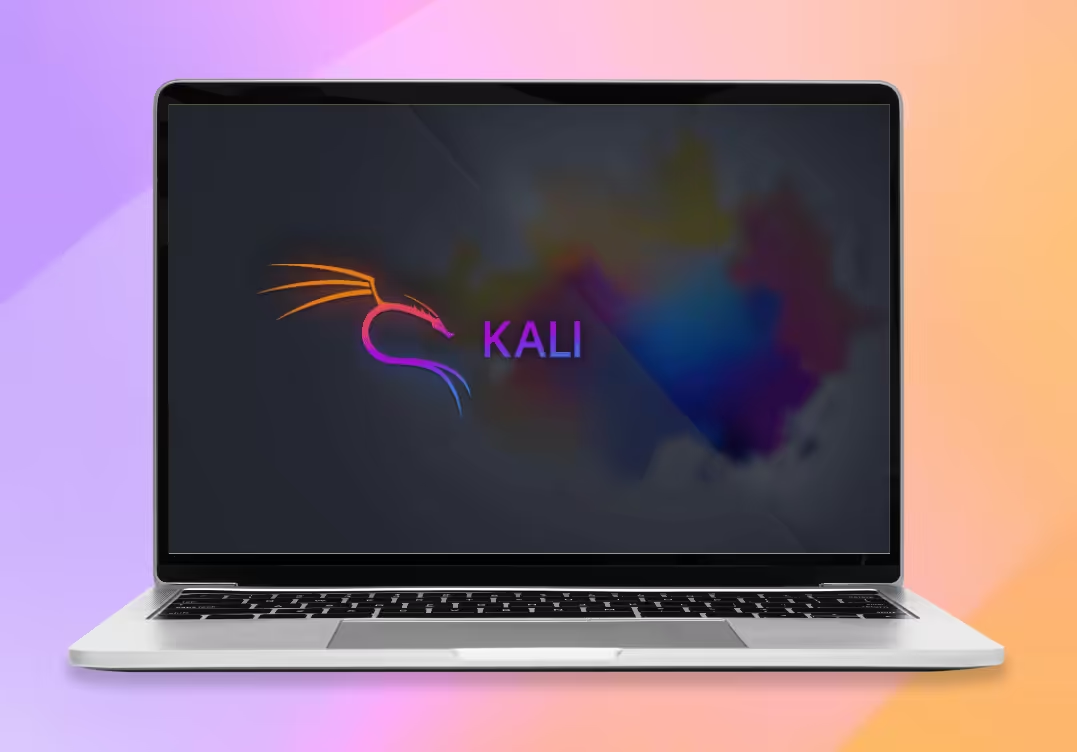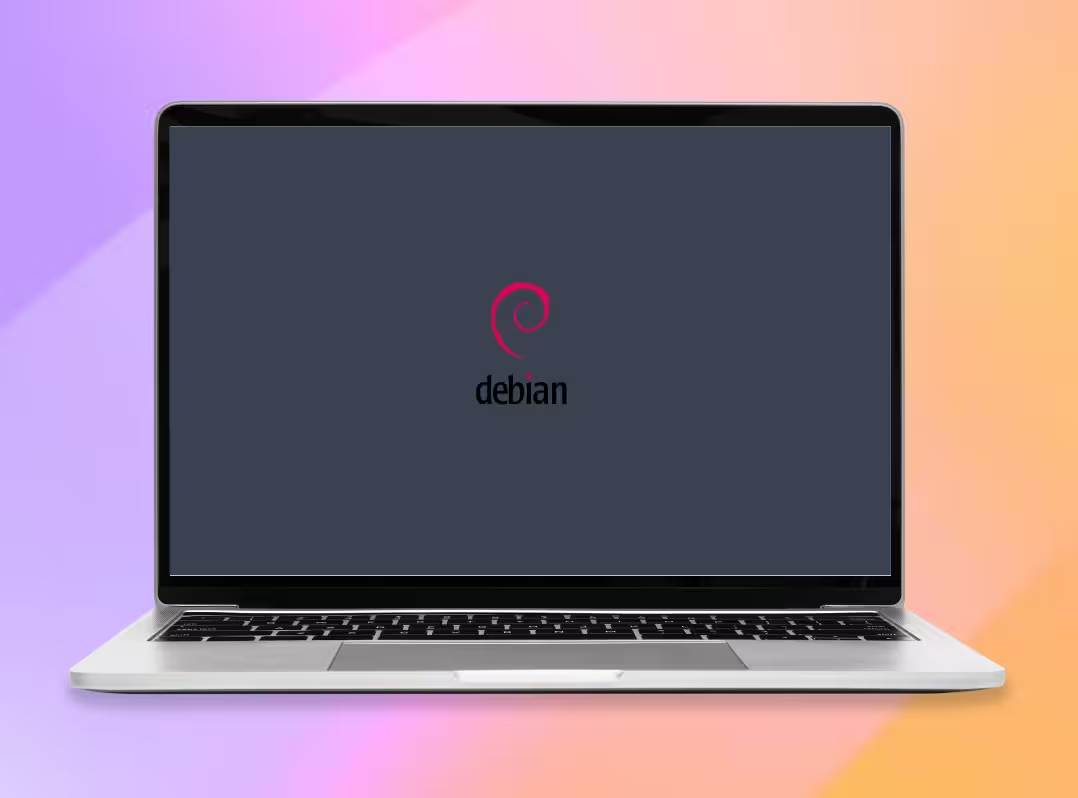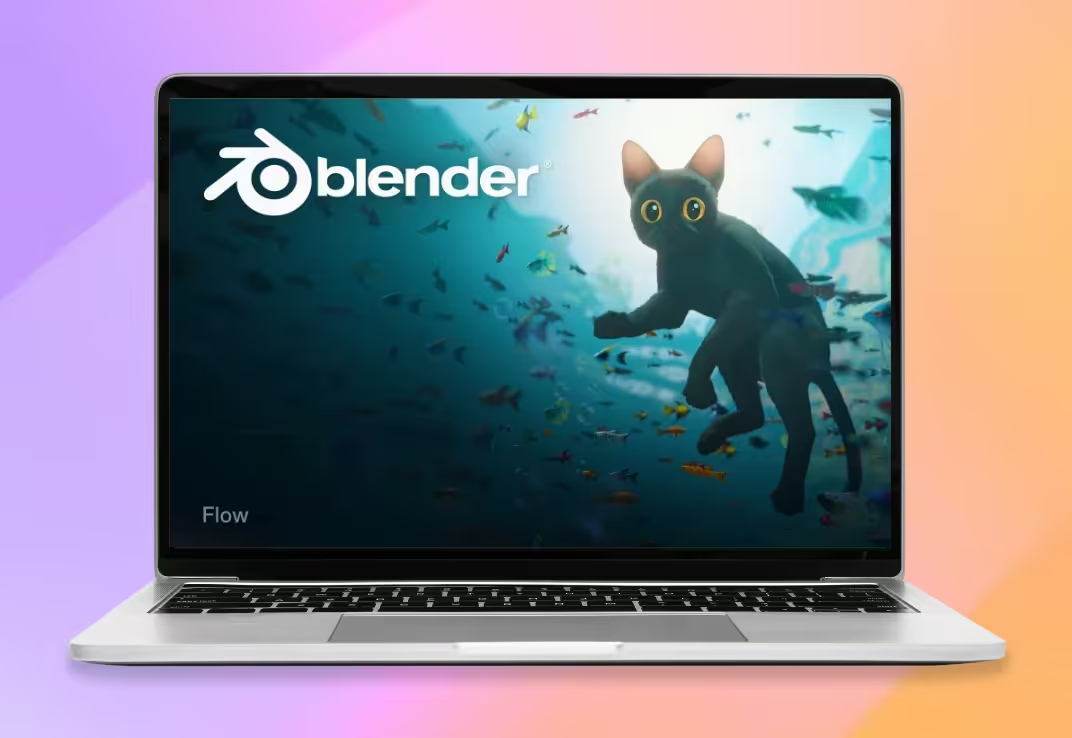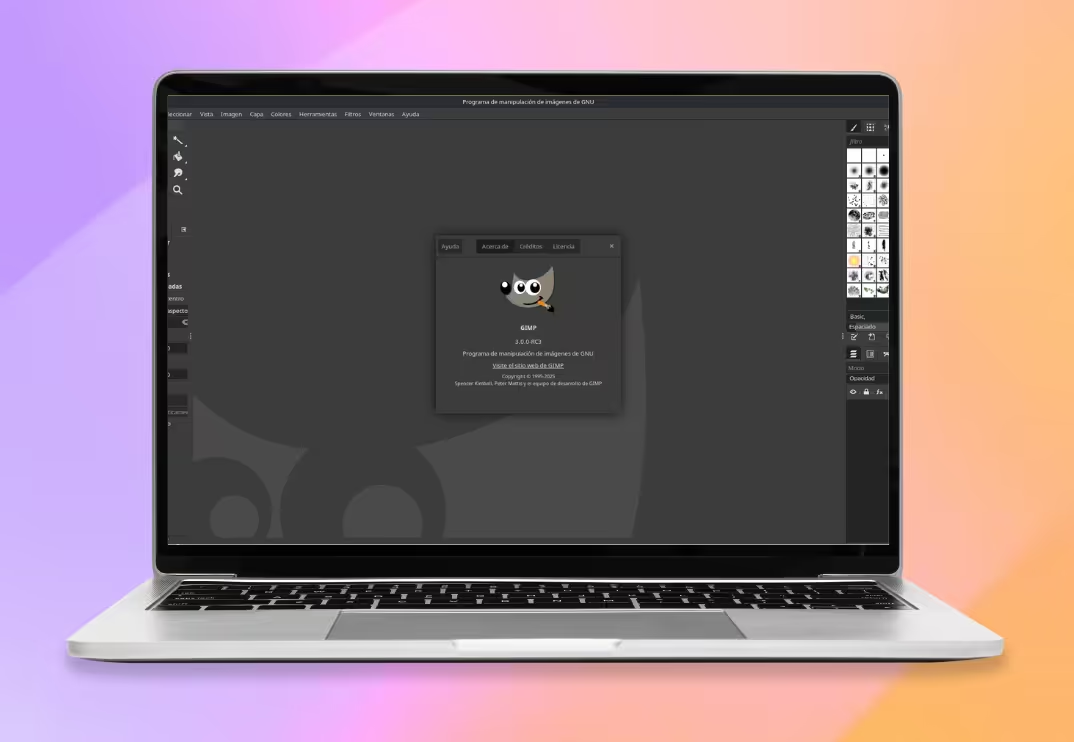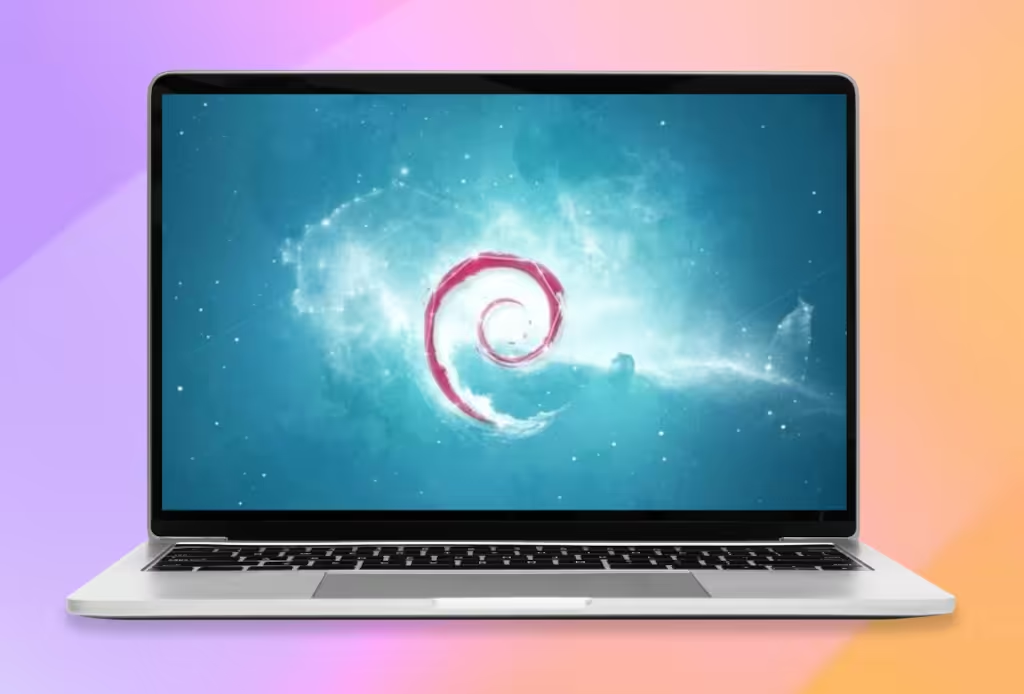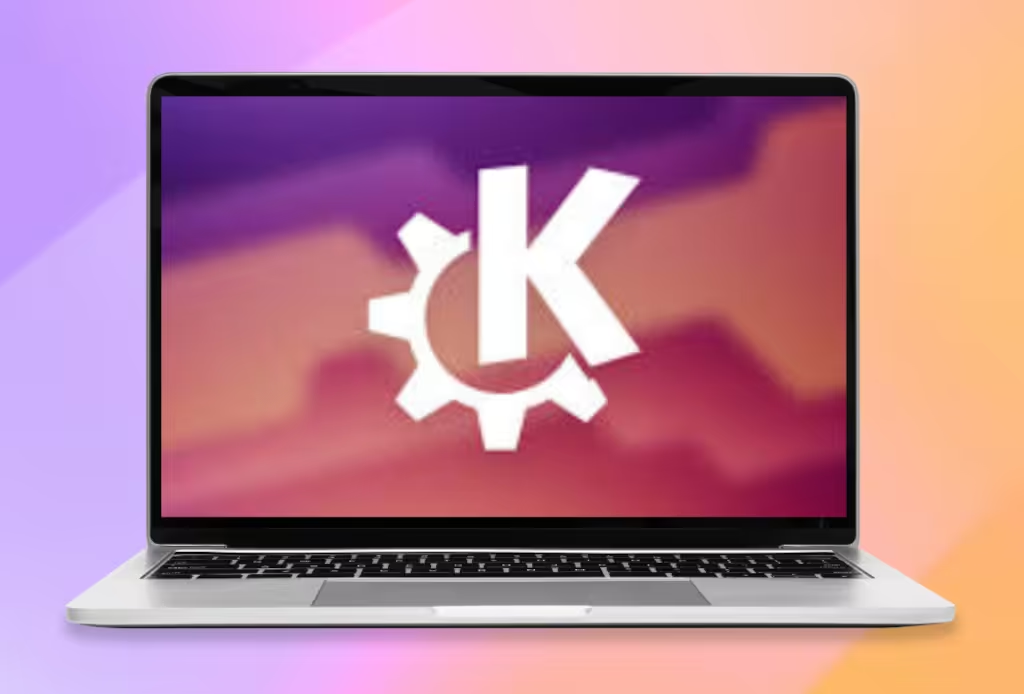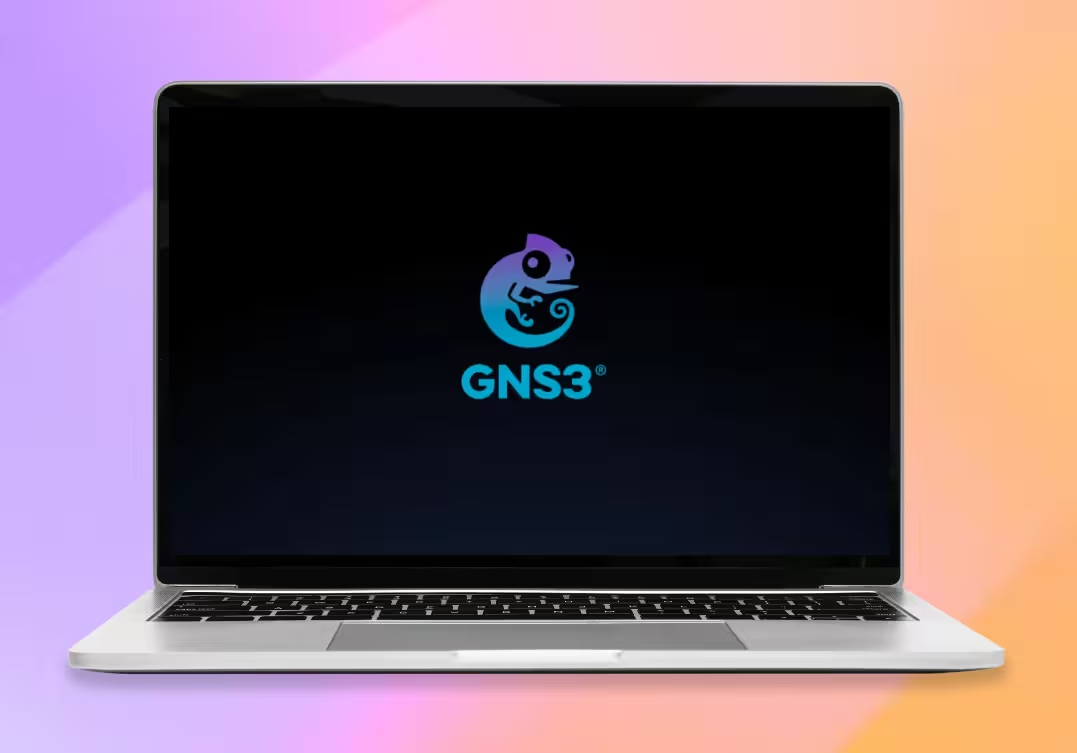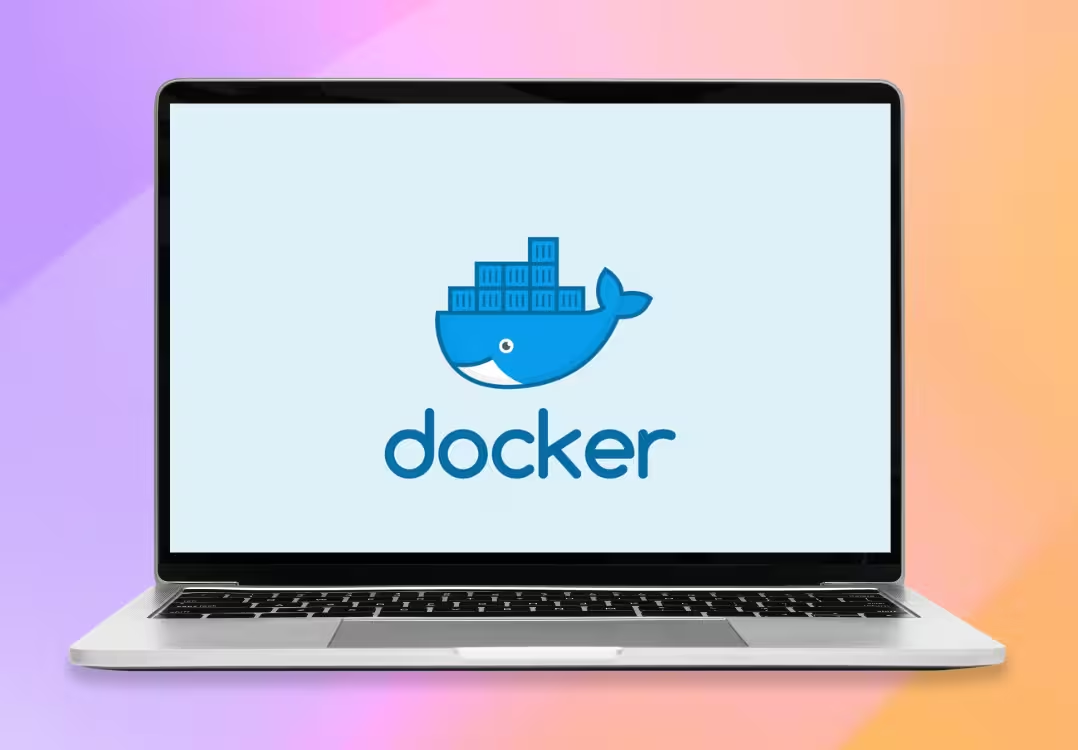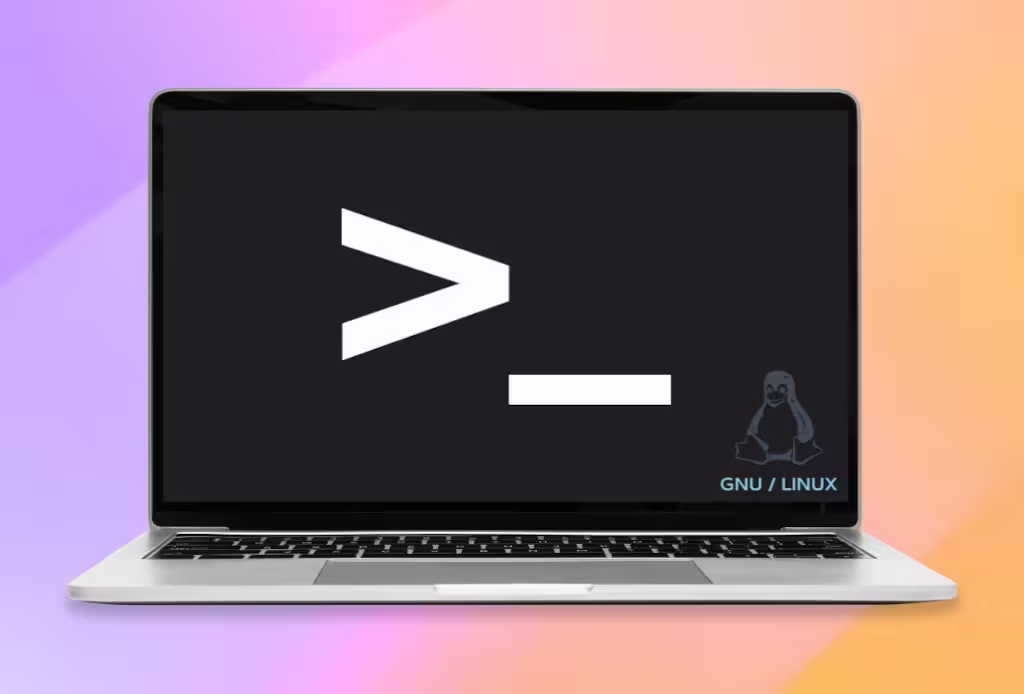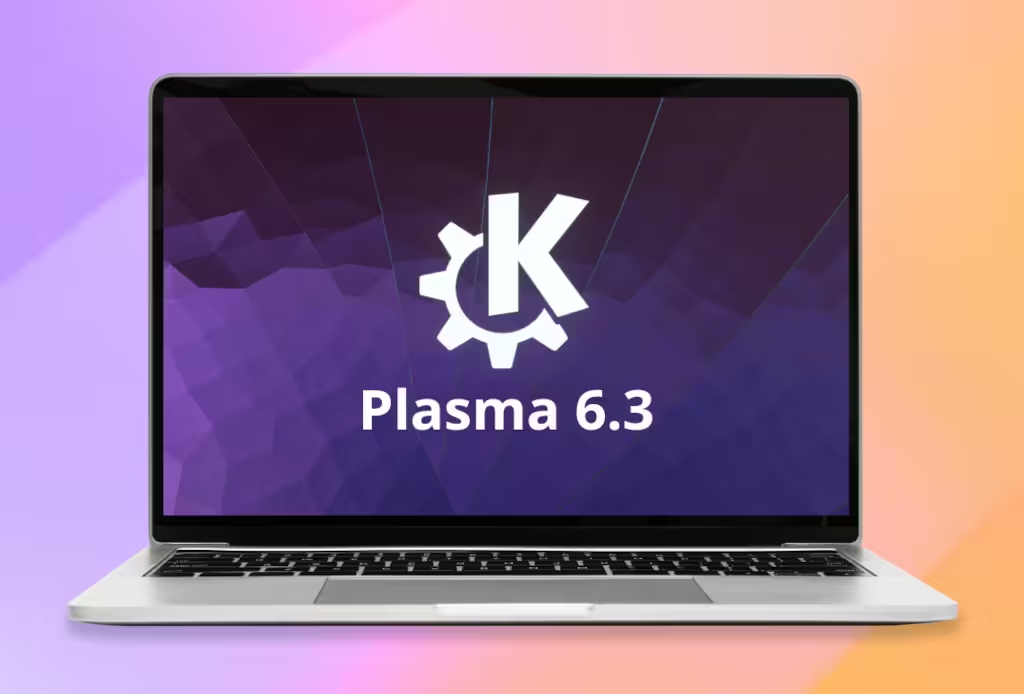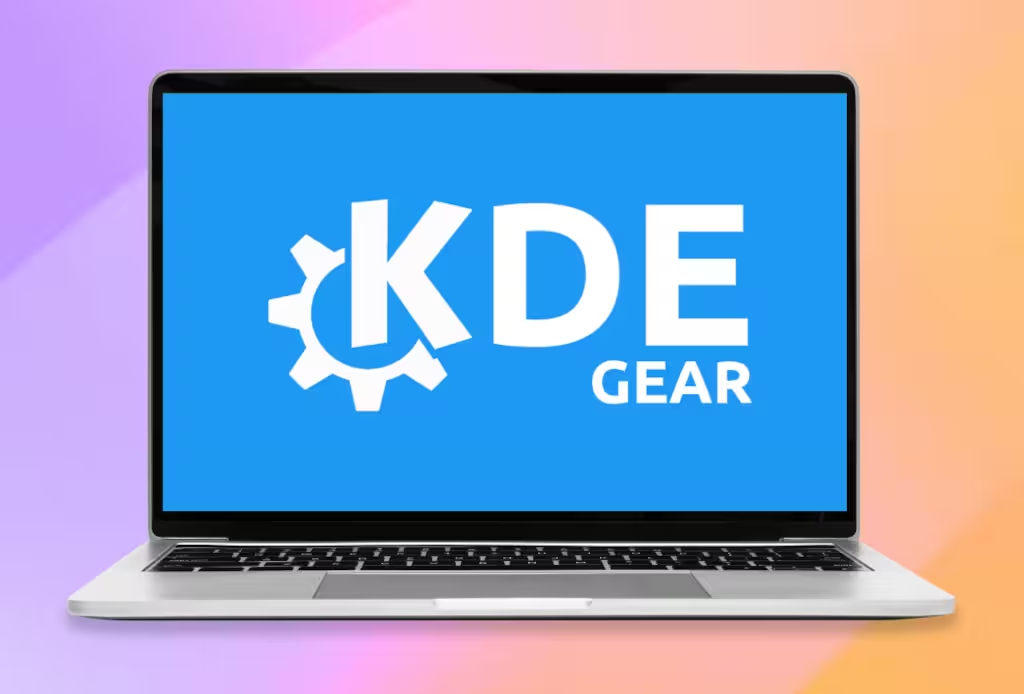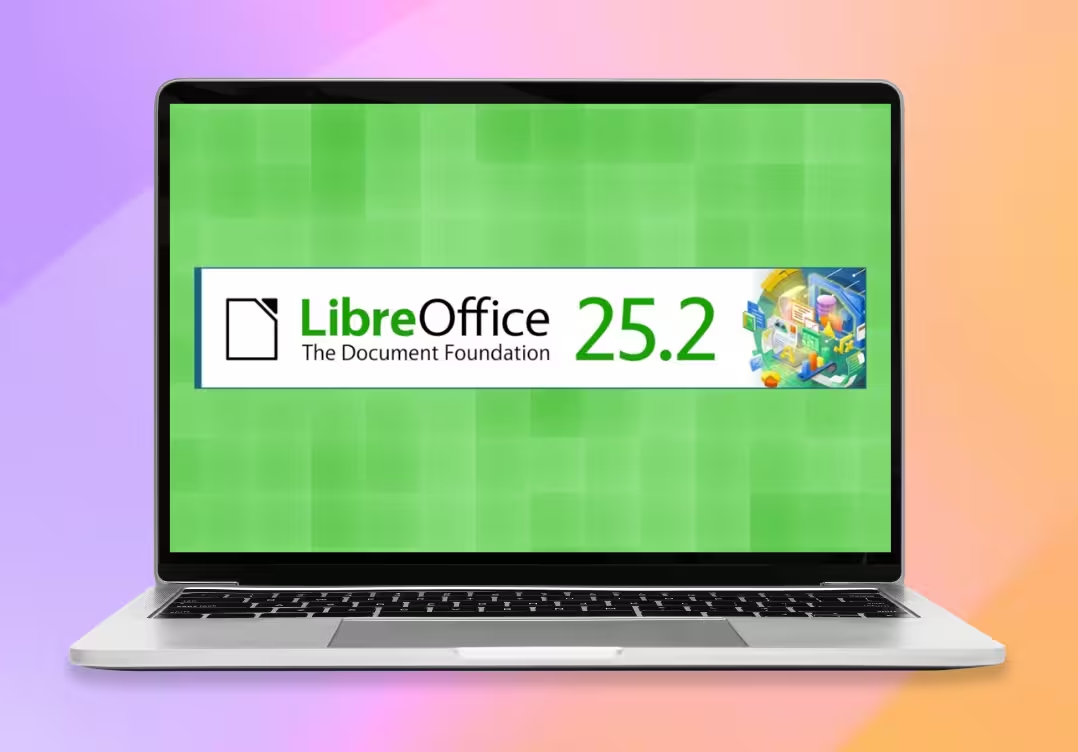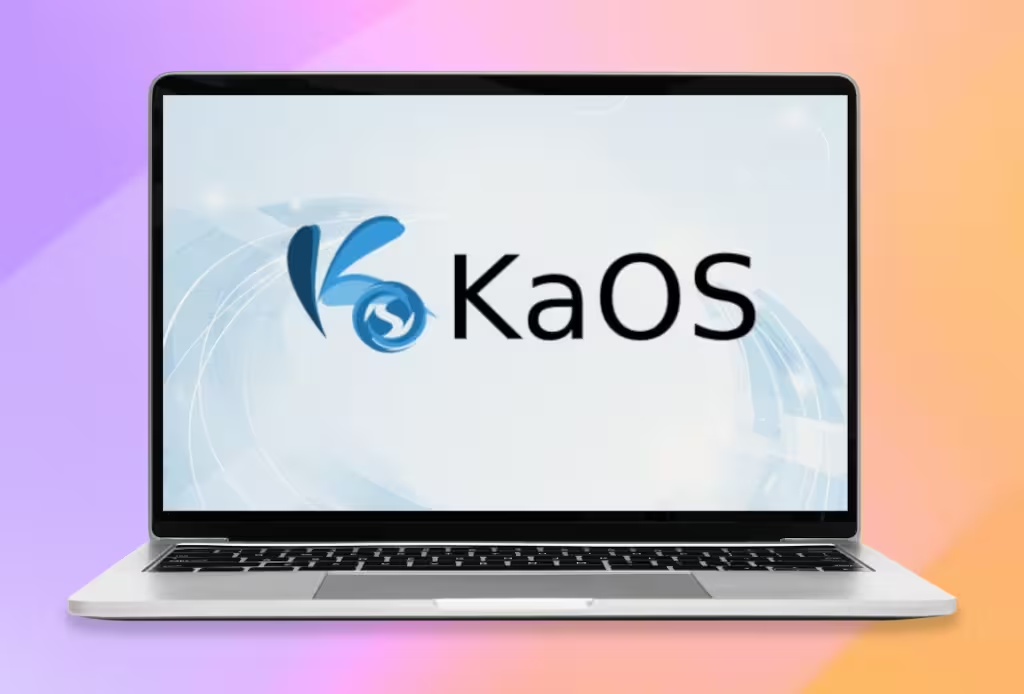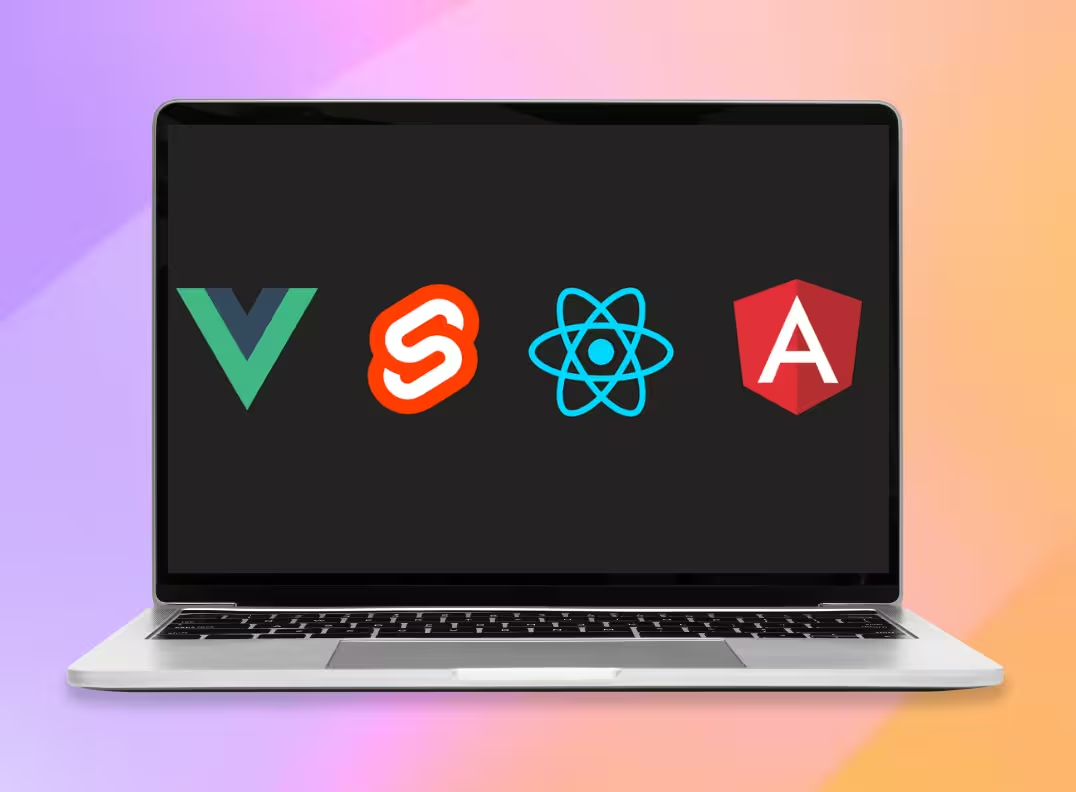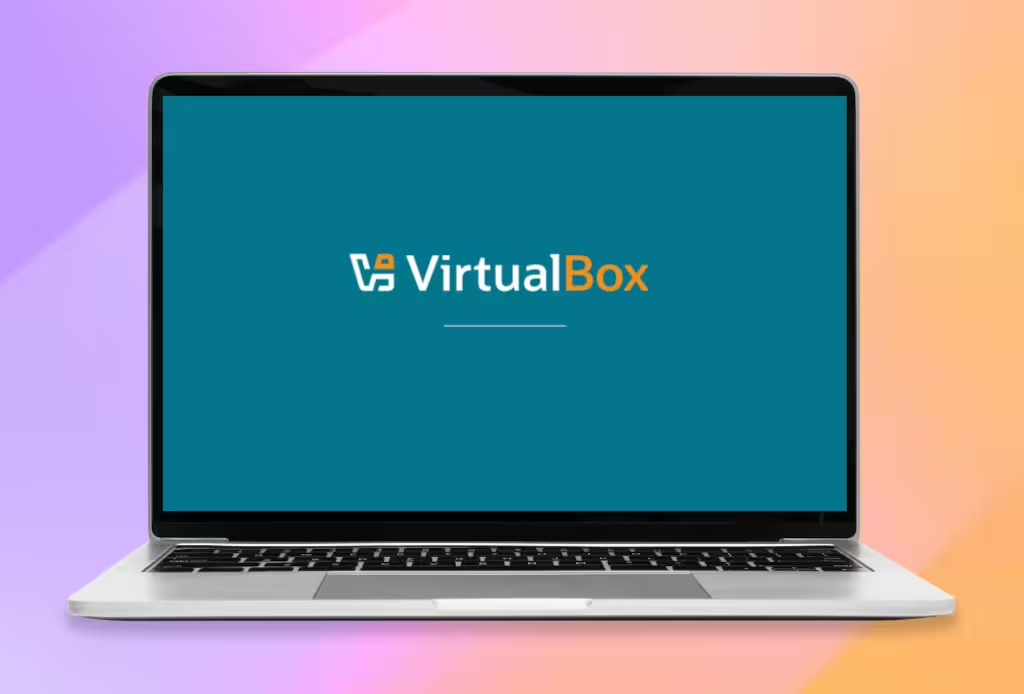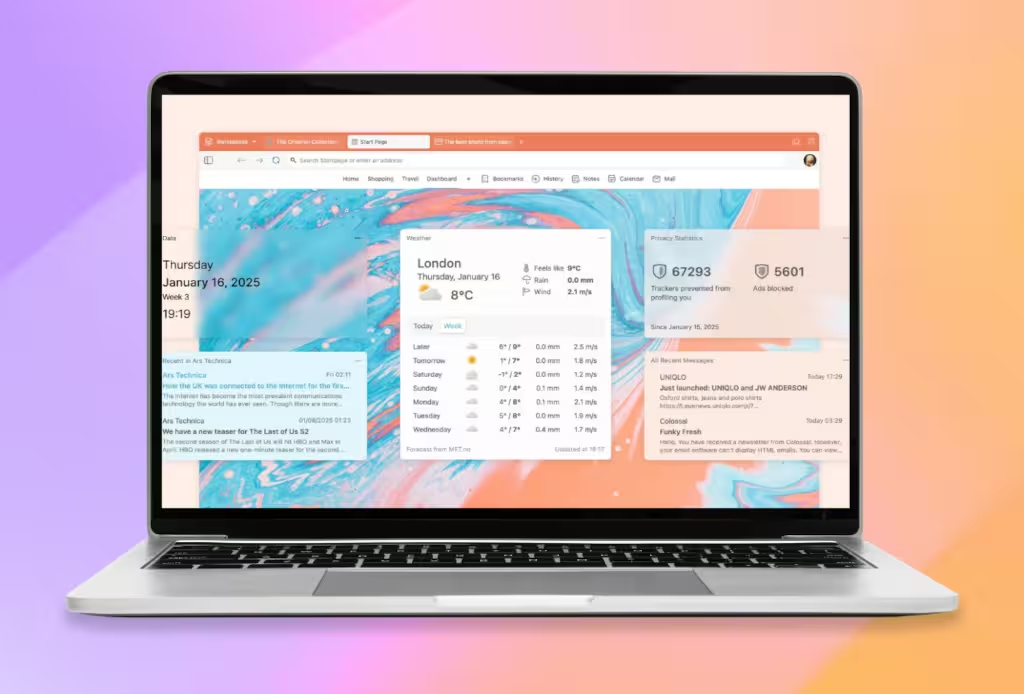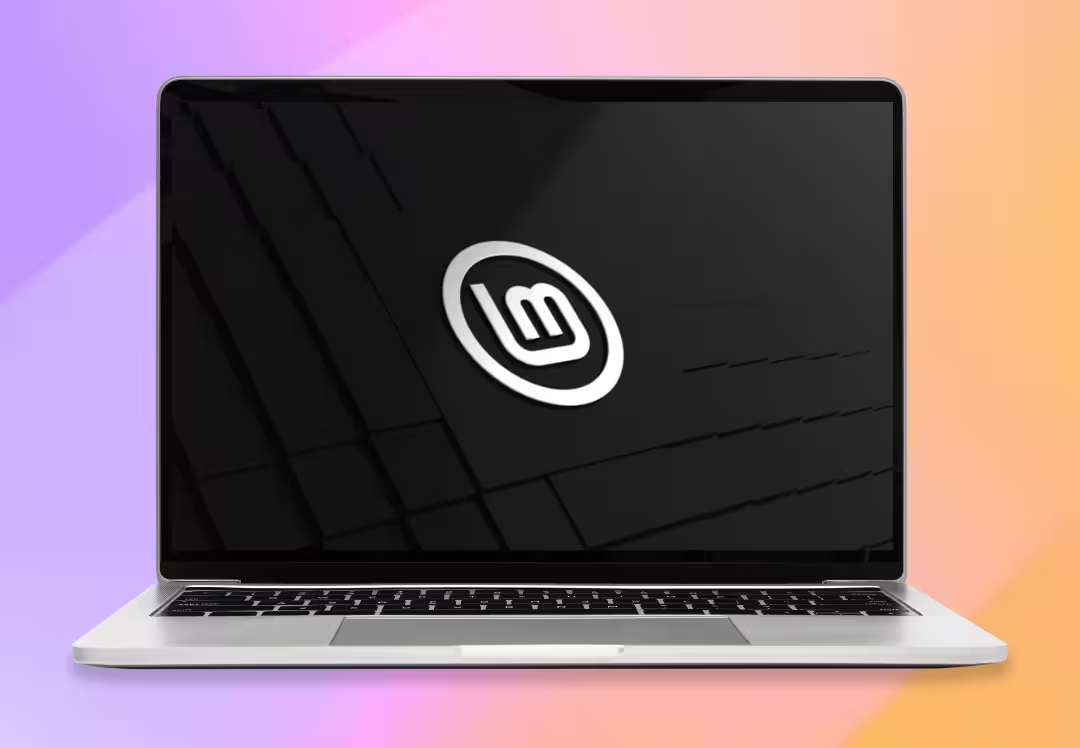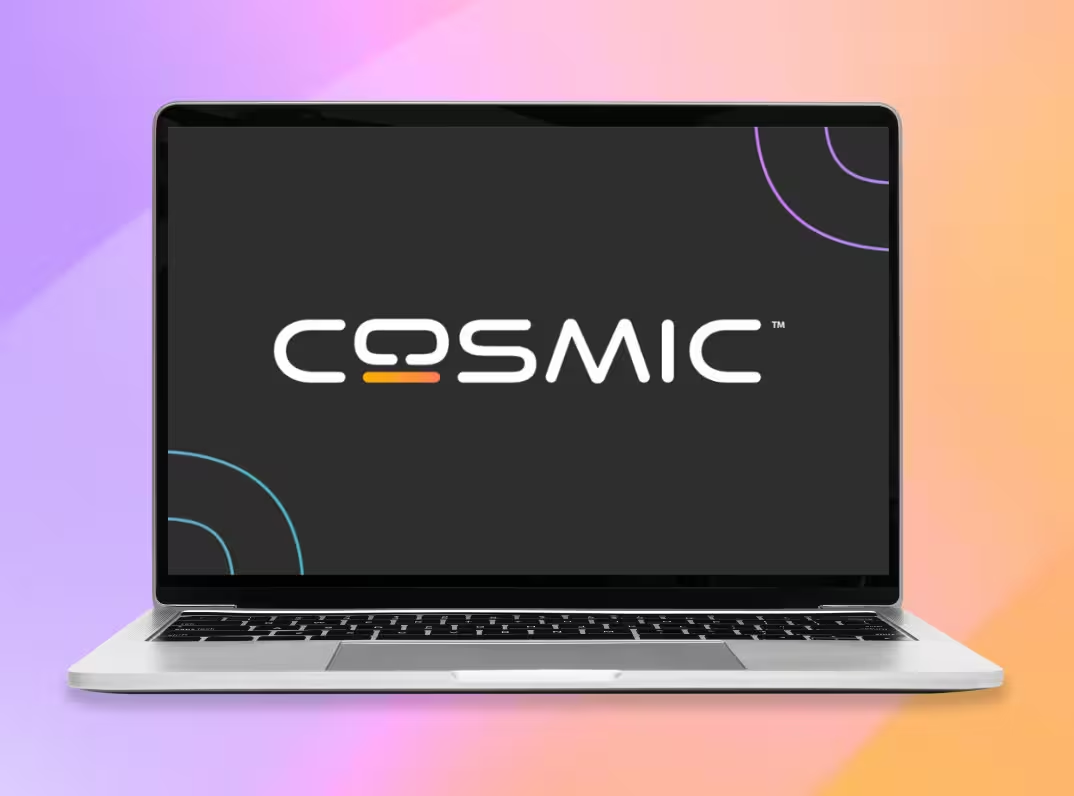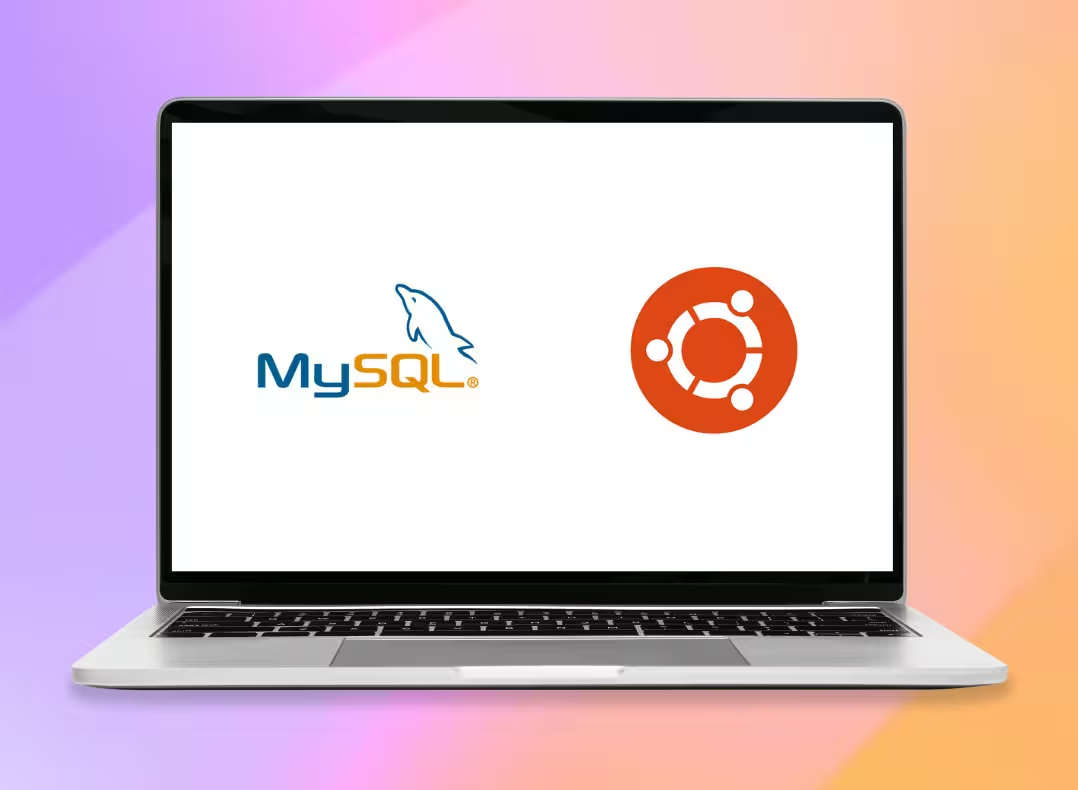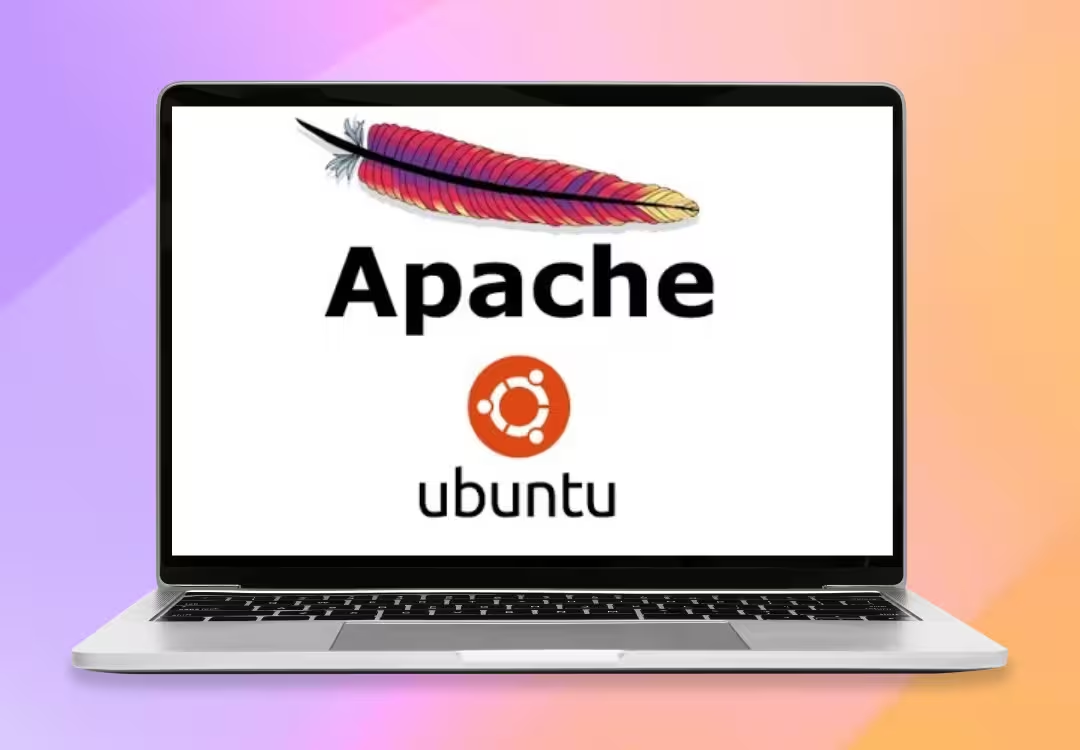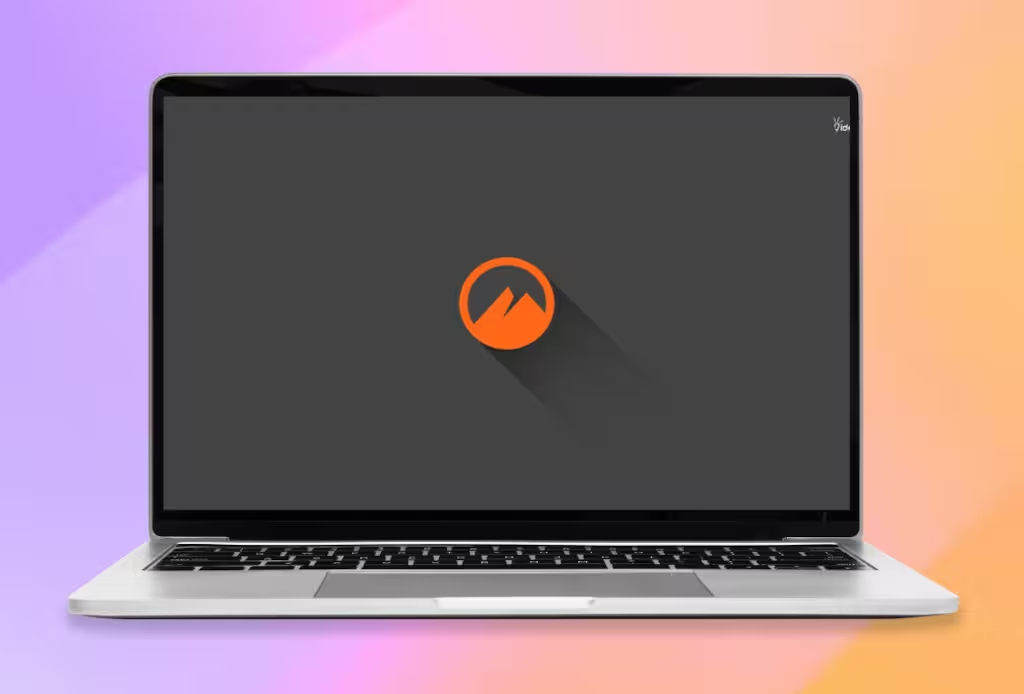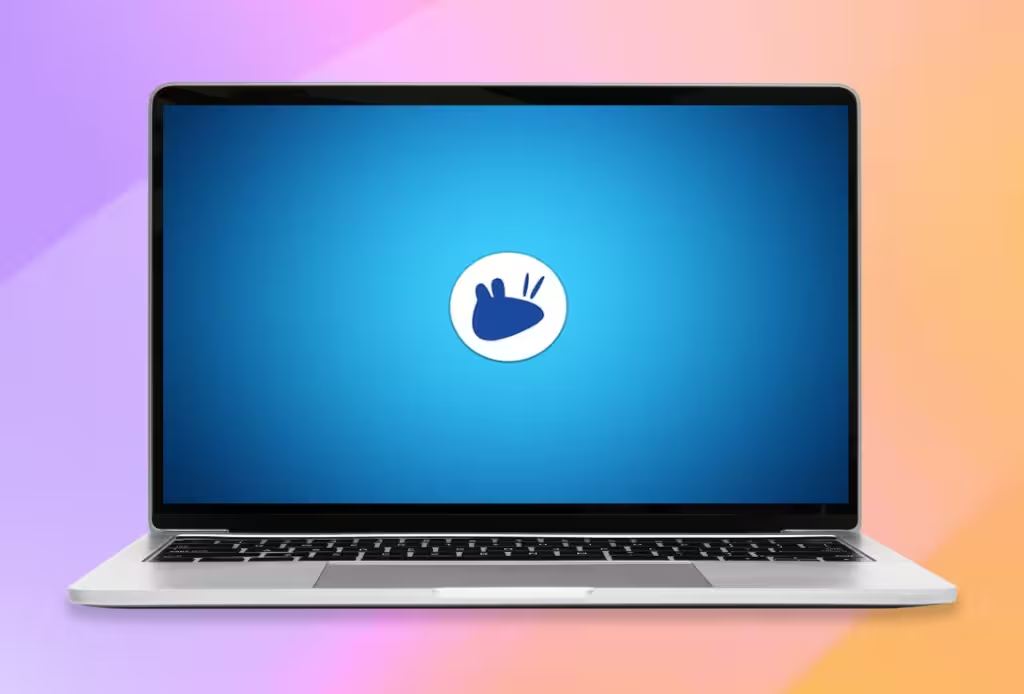KDE and GNOME Creating Their Own Distributions? Here's What You Need to Know
The world of free software surprises us once again. KDE and GNOME, the most popular desktop environments in Linux, have taken on a new challenge: creating their own Linux distributions. These initiatives promise to reshape the Linux desktop landscape, but what do they really mean?
KDE Linux: A Bold Vision for a Seamless Experience
At Akademy 2024, the KDE team introduced their new project, provisionally named "Project Banana." Unlike KDE Neon, which uses Ubuntu as its base, KDE Linux aims to become an autonomous and fully immutable operating system designed to maximize the potential of Plasma and KDE applications.
Key Features of KDE Linux:
Immutable System: Utilizes Btrfs as its file system with A/B image-based updates for a secure and easy-to-manage experience.
Advanced Security: All mutable data is encrypted to ensure user privacy.
Focus on Recovery: Includes a recovery partition and an automated snapshot system similar to Time Machine.
Modern Technologies: Built on Arch Linux, with default support for Wayland and a read-only base system.
KDE Linux also seeks to appeal to a wide audience, from developers to hardware manufacturers. With Flatpak and possibly Snap as its packaging system, it promises stability by separating applications from the base system.
GNOME OS: From Testing Ground to General-Purpose Desktop
While KDE advances with "Project Banana," GNOME is not lagging behind. GNOME OS, long established as a testing environment for developers, is being proposed by Adrian Vovk, one of its main advocates, as a general-purpose operating system.
What Makes GNOME OS Unique?
Built from Scratch: GNOME OS is constructed daily using Apache Buildstream, ensuring continuous integration of its latest components.
Testing Ground: Initially designed to run on virtual machines, it is now evolving to support installation on physical hardware with UEFI compatibility.
Minimalist Philosophy: GNOME OS embodies GNOME's modern and minimalist design, focusing on simplicity and meeting end-users' needs.
Why Are KDE and GNOME Taking This Path?
Both projects share a common goal: greater control over how their desktop environments are perceived. KDE and GNOME want to ensure their technologies are experienced as they intended, without relying on decisions made by existing distributions.
These new distributions are not only a response to current fragmentation but also an opportunity to establish standards and improve the Linux user experience.
What Does This Mean for the Linux Community?
While some may worry about further fragmentation, others see an opportunity for revitalized innovation within the ecosystem. KDE and GNOME's official distributions could become reference tools for developers while attracting users seeking simplicity and consistency.
Conclusion
KDE Linux and GNOME OS represent bold steps for their respective teams and exciting new directions for Linux users. These initiatives promise integrated and optimized experiences tailored to the original visions of their developers.
What do you think about these projects? Should KDE and GNOME have their own distributions, or do you prefer their integration into other distros? Let us know your thoughts and join the conversation!



